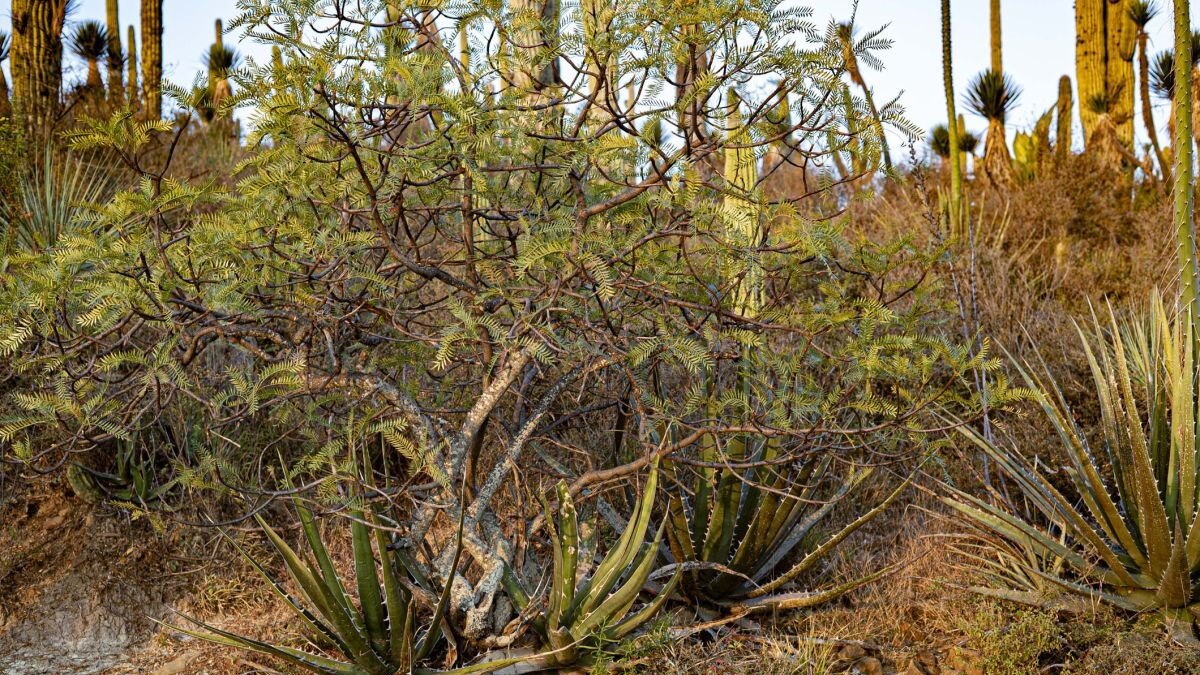A study with the participation of the Institute of Corpuscular Physics (IFIC), located at the University of Valencia Science Park, has been able to predict the ecological interactions that occur in little analyzed plant communities, based on coexistence patterns of a much more sampled ecosystem in Alicante. To develop the study, the team has used 'transfer learning', a machine learning technique that opens a new approach to research on biodiversity and its conservation
Artificial Intelligence (AI) can improve the understanding of biodiversity and coexistence of plant species. This is demonstrated by a study led by the Desertification Research Center (CIDE, UV-CSIC-GVA), which has used a technique called 'transfer learning' to improve knowledge about the coexistence of plant species in areas of Murcia and Mexico from a well-sampled ecosystem such as Petrer, in Alicante. The work, published in the journal Ecological Informatics, represents a new way of analyzing ecological interactions in plant communities, and provides new information when there is little data to answer urgent ecological questions.
Transfer learning' allows the reuse of knowledge generated from large datasets to be applied to ecological communities for which less information is available.
“To understand how different plant species coexist in ecological communities, we trained an AI model with data from a well-studied community in southeastern Spain, and then used it to predict interactions between species in two other communities, one in Spain and one in Mexico,” explains Johannes Hirn CSIC researcher at CIDE and first author of the paper.
In addition to the CIDE group, researchers from the Corpuscular Physics Institute (IFIC, UV-CSIC), the National Institute of Agricultural and Food Research and Technology (INIA-CSIC) and the National Autonomous University of Mexico participated in the study. The team has worked in plant communities in Petrer (Alicante) and La Unión (Murcia), in Spain, and in San Juan Raya (Mexico), all of them plant communities structured by facilitation interactions, that is, interactions between species that benefit at least one of the participants without causing harm to any of them.
The power of transfer learning
“In ecology, collecting field data is a slow and expensive process, resulting in many studies with small datasets,” says Miguel Verdú, CSIC researcher at CIDE and co-author of the paper. “Here we have shown that the smaller datasets, with less than 1,000 vegetation patches, analyzed in La Unión and San Juan Raya can benefit from AI if they are combined with the larger dataset -more than 2,000 patches- from the community of Petrer, in Alicante, and transfer learning is properly applied,” explains the scientist.
“These techniques are just beginning to be used in basic ecology studies, but their development can help to improve restoration programs in degraded areas or areas at risk of desertification”, add José A. Navarro and Marta Goberna, from INIA, who also signed the paper.
According to the article, this advance has important implications for biodiversity conservation, as obtaining valuable information from small datasets allows ecology to improve prediction of coexistence and forms of relationships between species, and thus guide ecological interventions.
The research highlights the role of artificial intelligence and deep learning deep neural networks in modeling complex interactions between species more flexibly, providing a clearer picture of how they coexist in different environments.
“Our center has played a key role in the development of the generative AI models used in this study as a basis for training and transfer to different locations,” recalls Verónica Sanz, Professor of Physics at the University of Valencia, researcher at the Institute of Corpuscular Physics (IFIC) and co-signer of the article published in Ecological Informatics. “Much of our work focused on making the algorithm resilient to changes in the species typical of each ecological environment, but robust to the existence of complex interactions,” argues the scientist.
The results suggest that transfer learning could become a standard tool in ecology, allowing research to leverage small data sets to answer pressing ecological questions. Future studies could apply this technique to a wider variety of ecosystems and species. “By transferring knowledge between ecosystems we can begin to build a unified understanding of how patterns of species coexistence work,” Johannes Hirn asserts. “This could allow us to make more informed conservation decisions,” he concludes.
J. Hirn, V. Sanz, J.E. García, et al., Transfer learning of species co-occurrence patterns between plant communities, Ecological Informatics (2024). DOI: https://doi.org/10.1016/j.ecoinf.2024.102826


